1st year: establishing wildflower meadow - what will flower 2014?
njbiology
10 years ago
Related Stories

GARDENING GUIDESWhat’s in a Name? See 6 Wildflowers That Aren’t ‘Weeds’ at All
Dispel the stereotypes of weeds and try these wildlife-supporting native wildflowers in your garden
Full Story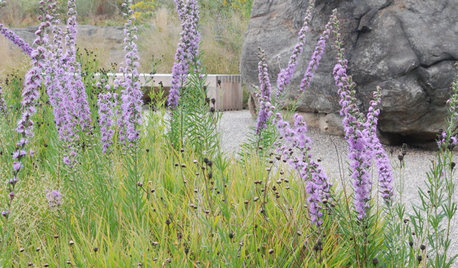
GARDENING GUIDESNative Wildflowers for the August Transition Into Fall
Keep the garden colorful with these stalwart perennials
Full Story
FALL GARDENINGBe Your Own Wildflower Nursery
Gather seeds from your garden in fall, and you'll have a selection of plants for next year — without spending a dime
Full Story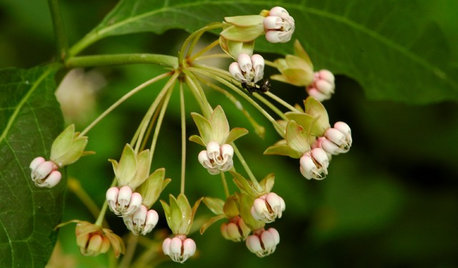
GARDENING GUIDES5 Unsung Wildflowers That Thrive in Dry Shade
Turn shady problem spots into garden idylls with with these prolific, easy-care bloomers
Full Story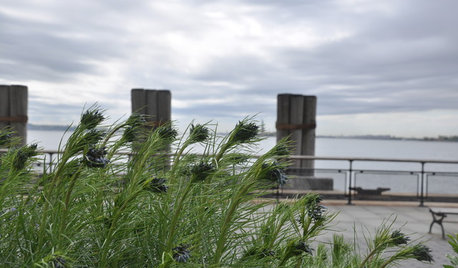
GARDENING GUIDES10 Native Wildflowers With Unique Foliage
When the flowers fade, these leaves keep the garden looking good
Full Story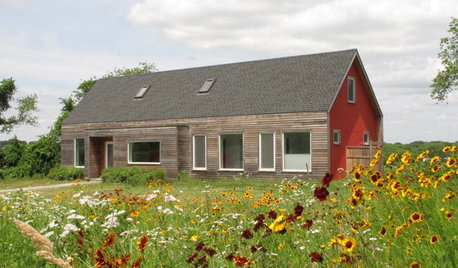
LANDSCAPE DESIGNHow to Design a Meadow Garden Everyone Will Love
Petite grasses or sedges plus flowers make for a manageable landscape that welcomes wildlife
Full Story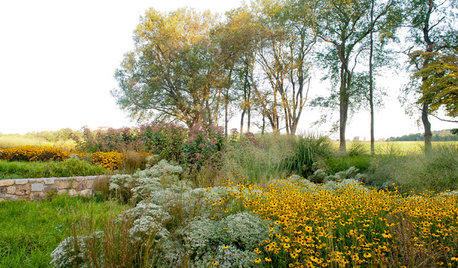
GARDENING GUIDES10 Essential Wildflowers for the U.S. Central Plains
Focusing on prairie wildflowers supports the most wildlife in a low-maintenance Plains landscape
Full Story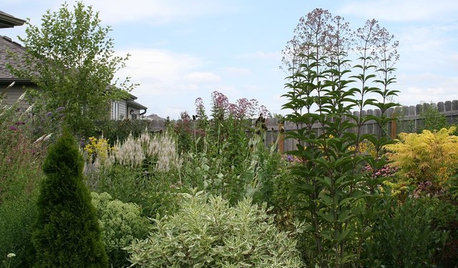
GARDENING FOR BUTTERFLIESGreat Design Plants: A Bevy of Beauties from the Meadow
Draw butterflies, birds and bees to the garden year-round with these low-maintenance Eupatorium varieties
Full Story
GARDENING GUIDES15 Ideas to Try in Your Garden This Year
These gardening stories were tops among Houzz readers. Which ideas might you try this year?
Full Story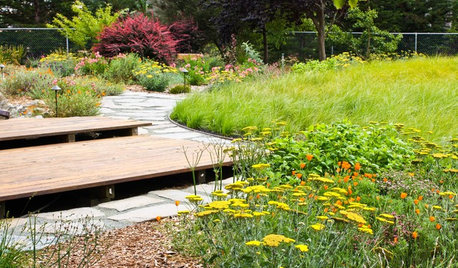
GARDENING GUIDES8 New Ways to Garden This Year
A successful garden means knowing the plants, the wildlife and yourself
Full StorySponsored






GreatPlains1
dbarron
Related Professionals
Panama City Landscape Architects & Landscape Designers · Clearlake Landscape Contractors · Darien Landscape Contractors · Munster Landscape Contractors · Nashua Landscape Contractors · Natick Landscape Contractors · Peoria Landscape Contractors · Stony Brook Landscape Contractors · View Park-Windsor Hills Landscape Contractors · Antioch Landscape Contractors · Shenandoah Landscape Contractors · Suisun City Landscape Contractors · Fullerton Decks, Patios & Outdoor Enclosures · Hobart Decks, Patios & Outdoor Enclosures · Redmond Decks, Patios & Outdoor Enclosureswisconsitom